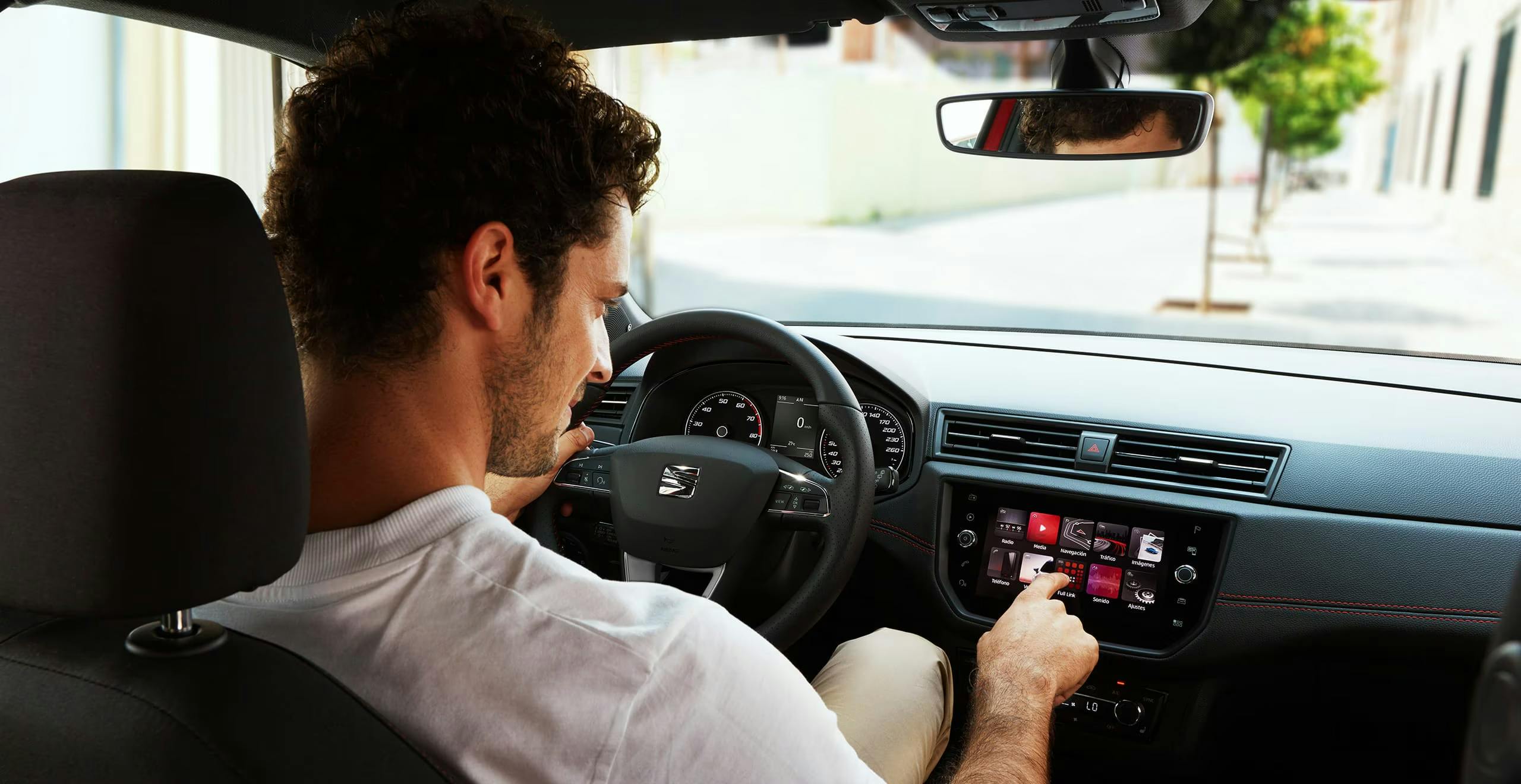The Ultimate SEAT Ibiza Maintenance Checklist

Whether you’ve just picked up your first SEAT Ibiza or you’ve been driving one for years, regular maintenance is key to keeping this hot hatch in peak condition. In this guide, I’ll break down everything you need to know—from tyre pressures and oil specs to warning lights and common DIY fixes—so you can keep your Ibiza running smoothly without costly garage visits.
SEAT Ibiza Tyre Pressure: What You Need to Know
What is the recommended tyre pressure?
Your Ibiza’s recommended tyre pressure is located in your owner’s manual and on the sticker inside the driver’s door. It’s crucial for performance, fuel economy, and—most importantly—safety.
How to check your tyre pressure:
- Visit any petrol station for a free check and top-up
- Or use a £10 handheld gauge at home for regular monitoring
What to do when the TPMS light comes on:
That little tyre symbol on your dash means it’s time to check pressures. Top up as needed, and the light should go off after driving. If it stays on, check for a puncture or reset the TPMS system.
TPMS reset (2008–2017 models):
- Set all tyres to the correct pressure
- Turn ignition to “ON” (don’t start engine)
- Press and hold the “SET” TPMS button until it beeps
SEAT Ibiza Warning Lights Explained
Red = Urgent.
Amber = Needs attention soon.
Green/Blue = Info only (e.g., full beam is on).
Check Engine Light:
This indicates a fault in the engine management or emissions system. If flashing, pull over. It could be anything from a misfire to a loose fuel cap—call your mechanic.
How to Reset Service & Oil Warning Lights
Resetting oil service light (2015–2017 Ibiza):
- Turn ignition off
- Press and hold ‘SET 0.0’ button
- Turn ignition to “ON” (don’t start engine)
- Wait for service notice
- Press ‘SET 0.0’ again to confirm
SEAT Ibiza Service Intervals
SEAT recommends:
- Oil change: Every 12 months
- Full service: Every 10,000 miles or annually
- Interim service: Every 6 months if you’re a high-mileage driver
Common SEAT Ibiza Problems
Low Oil Levels:
Often caused by faulty valves—a known issue. Get your valves inspected and replaced by a mechanic.
Windscreen Washer Jet Failure:
Cracked washer pipes (especially in cold weather) can stop the spray. A mechanic can replace these quickly and affordably.
SEAT Ibiza Oil Guide
Best oil to use:
- Grade: 5W-40
- Why: Thin viscosity, great cold-start performance, SEAT recommended
Oil capacity:
Varies by model/year, but most sit around 4 litres. Confirm via your owner’s manual or official SEAT PDF guides.
Leaking oil?
Oil leaks can stem from many issues. Early diagnosis is key. Find a SEAT specialist to inspect and repair the problem before it escalates.
Taking care of your Ibiza doesn’t need to be intimidating or expensive. With the right know-how and a little consistency, you can avoid unexpected repairs and enjoy every mile behind the wheel.
Stay tuned for more step-by-step DIY guides and model-specific tips here at SEAT CUPRA Guide.

Tom Martinez
Tom Martinez is a lifelong car enthusiast with over a decade of hands-on experience working with SEAT and CUPRA vehicles. As the founder and lead writer at SEAT CUPRA Guide, Tom shares practical DIY tutorials, maintenance advice, and performance tips to help SEAT and CUPRA owners get the best out of their cars. When he's not under the hood or testing the latest upgrades, you’ll find him cruising the backroads of Spain in his CUPRA Formentor.
